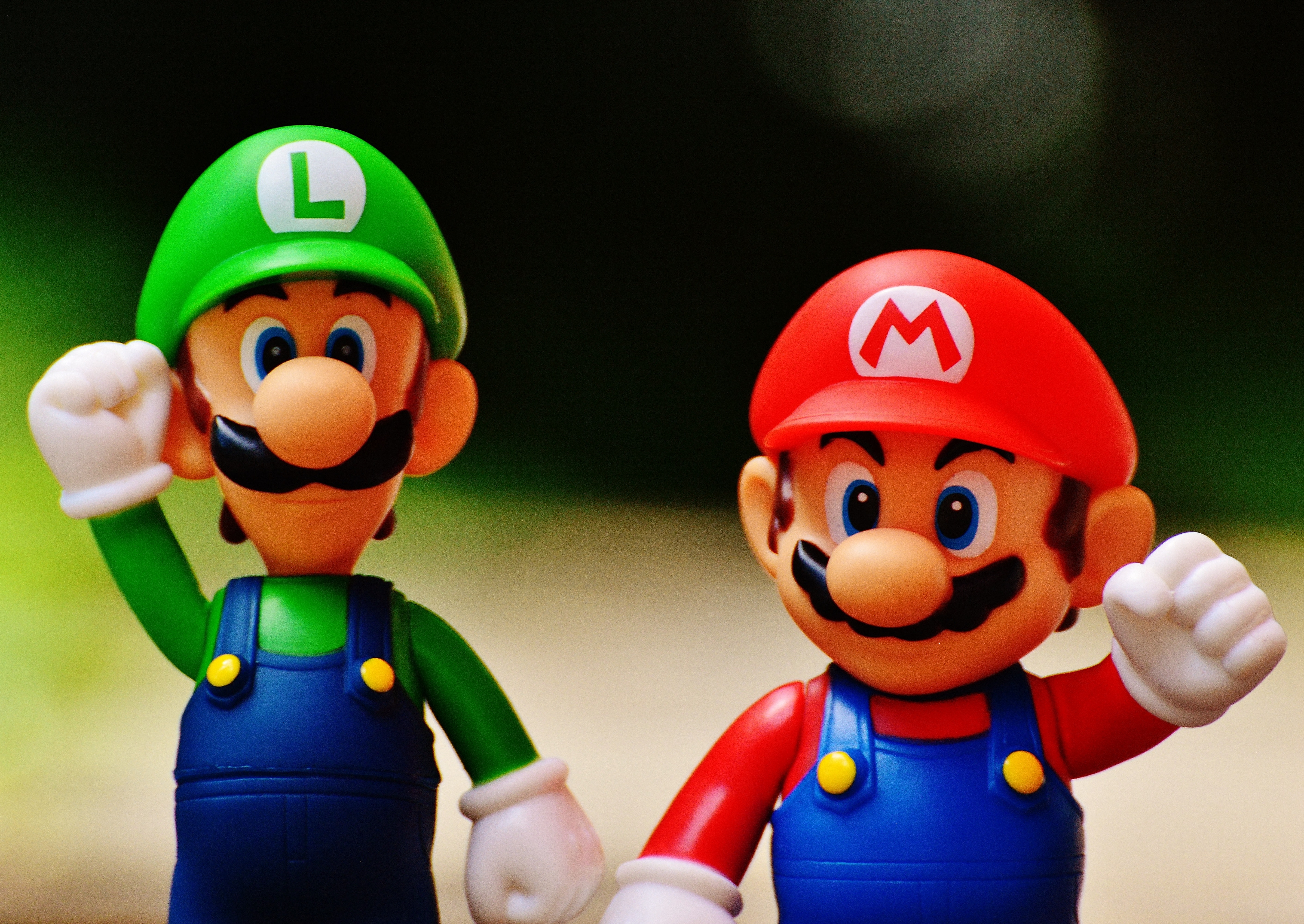Characters entertain us, educate us, and can even surprise us. They can add humor, connect with a hard-to-reach audience, or take on the competition.
So why don’t more brands use characters in their marketing?
You might argue that characters don’t work in your industry. But 30 years ago, who would have guessed that major insurance companies would now have talking geckos and ducks yelling “Aflac!” to market them? Insurance companies like Geico, Progressive, and Allstate have explored numerous character approaches to stand out in an industry where products can come off as commodities.
But how do you even start to create a character, when there are so many possibilities? The most important place to start is to establish the intent of your character so you have an end goal and ultimate purpose for the character. With that goal in mind, you can design a character that can achieve it.

Intent
Sure, it’s enjoyable to brainstorm characters that are cute or act as comic relief. However, your brand’s character needs to have a clear business intent. The most common use would be to help your marketing, sales, or customer service teams achieve goals. Or maybe you want to highlight a specific feature of a product.
Maybe your character could be your new spokesperson. Could he, she, or it embody your company values as an extension of your brand? Or does the character have their own—maybe even confusing—agenda, like the Flo character from Progressive?
You can even use characters to take on your competitors by directly addressing their weaknesses (ex. the Sprint guy, formerly with Verizon, told viewers he switched to Sprint for cheaper and more reliable service).
Most importantly, who does your character appeal to? Ideally, it’s your target audience. But you might consider creating a character that appeals to a new group you’d like to reach, or just a broader group than your typical customer profile.
Just remember that the intent of your character doesn’t need to be so rigid and defined that it only appeals to one type of customer. Disney excels at creating characters that appeal to children, but still embody idealistic tendencies that can appeal to adults.

Design
Many consumers will be introduced to your character visually. That puts a lot of pressure on the design to be unique and recognizable, while also communicating tone and personality. Despite this challenge, designing your brand character can be the most fun part of the process!
Unrestrained by physical limits, characters can look any way a brand wants them to. First, determine what kind of character best represents your brand. Should they be a human, an animal, or something more conceptual (ex. tornado, talking peanut, microscopic organism)?
Keep the taste of your target customers in mind. The shape, proportion, and style of your character should correspond to those tastes. There are numerous best practices here: round shapes are often associated with kindness, masculine characters are accepted as powerful and strong, big eyes convey honesty and cuteness, etc.
And when it comes to color—whether it’s the character themselves of what they wear—use colors that are consistent with your brand or unique accent colors, if appropriate.
Next Steps
With the intent and design of your character nailed down, you can drill down further to enhance the character by adding a personality to it (and even a voice!). We’ll write more about those steps in a future post.